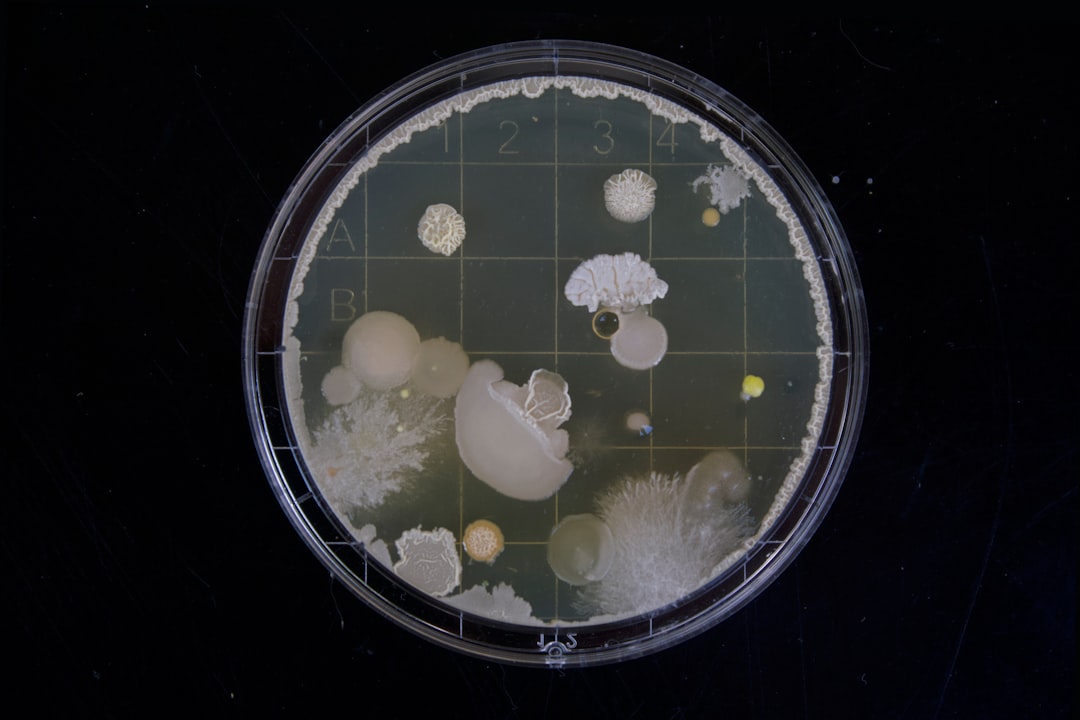What is it about?
A nefarious hemipteran member mustard aphid (Lipaphis erysimi Kaltenbach) inflicts colossal yield losses in Brassica crops including Indian mustard (Brassica juncea (L.) Czernj. & Cosson ). Lack of accessible resistance source has been the primary predicament in breeding varietal resistance against aphids. In recent years, in planta RNAi-mediated resistance has been demonstrated in model plants as a potential tool for protection against insect-pests. However, translational application in crop species is imperative for critical assessment of this technology in breeding effective resistance. RESULTS: The essential role of sucrase 1 (SUC1) in mitigating osmotic pressure imposed by sucrose-rich phloem sap inside the insect gut is corroborated by its expression pattern in L. erysimi. Transgenic lines of Indian mustard expressing sucraseSUC1 hairpin RNA for its host-mediated delivery into the infesting aphids were developed. The expression of dsRNA encoding cassette, and generation of siRNA molecules in transgenic B. juncea lines were verified by qRT-PCR, stem-loop RT-PCR and northern hybridization. Rearing of L. erysimi on the transgenic lines resulted in 22-40 % reduction in aphid fecundity. The observed retardation in aphid reproduction was coherent with the detection of sucrase SUC1-specific siRNA molecules and attenuation of the sucrase SUC1 transcript level in L. erysimi fed on the transgenic lines. CONCLUSION: Augmenting varietal resistance can substantially reduce usage of toxic agrochemicals in crop protection. This attempt was the first successful demonstration of host-mediated RNAi of an aphid gene in any Brassica crop. It paves the way for more rigorous attempt of engineering RNAi based resistance against aphids in Brassica crops. Keywords: RNA interference; gene silencing; gut enzymes; genetic engineering; oilseed productivity; biotic stress; agricultural productivity
Featured Image

Photo by Annie Spratt on Unsplash
Why is it important?
Despite significant economic importance of the damage caused by mustard aphids in oilseed mustard B. juncea, efforts to breed varietal resistance are inadequate. Though universal occurrence of RNAi and potential of HIGS as a means of generating de novo resistance against insect-pests have been demonstrated, its varied effectiveness against different insect orders remains a significant challenge. In addition to endogenous machinery, the variability in effectiveness of RNAi is influenced by the indispensability of the target genes in aphid’s biology. Therefore, appropriate selection of target gene is pivotal in this strategy. SucraseSUC1 being a key enzyme for carbon nutrition and osmoregulation, its attenuation was likely to impact survival and reproduction in aphids. This study, a first attempt of HIGS in B. juncea successfully demonstrated the utility RNAi against SUC1sucrase as the target gene in L. erysimi. The transgenics expressing SUC1sucrase hairpin RNA resulted reduced fecundity of the infesting aphids in viviparous multiplication. Rapid parthenogenetic reproduction of the aphids is the primary cause of high insect load leading to yield losses of economic significance. Thus, the observed inhibition of fecundity when calibrated to large-scale cultivation is likely to result into a significant reduction in crop damage. This is also the first attempt of host mediated RNAi against aphids in any Brassica crop and paves the way for testing more and more target gene for achieving field-applicable resistance.
Perspectives
Despite significant economic importance of the damage caused by mustard aphids in oilseed mustard B. juncea, efforts to breed varietal resistance are inadequate. Though universal occurrence of RNAi and potential of HIGS as a means of generating de novo resistance against insect-pests have been demonstrated, its varied effectiveness against different insect orders remains a significant challenge. In addition to endogenous machinery, the variability in effectiveness of RNAi is influenced by the indispensability of the target genes in aphid’s biology. Therefore, appropriate selection of target gene is pivotal in this strategy. SucraseSUC1 being a key enzyme for carbon nutrition and osmoregulation, its attenuation was likely to impact survival and reproduction in aphids. This study, a first attempt of HIGS in B. juncea successfully demonstrated the utility RNAi against SUC1sucrase as the target gene in L. erysimi. The transgenics expressing SUC1sucrase hairpin RNA resulted reduced fecundity of the infesting aphids in viviparous multiplication. Rapid parthenogenetic reproduction of the aphids is the primary cause of high insect load leading to yield losses of economic significance. Thus, the observed inhibition of fecundity when calibrated to large-scale cultivation is likely to result into a significant reduction in crop damage. This is also the first attempt of host mediated RNAi against aphids in any Brassica crop and paves the way for testing more and more target gene for achieving field-applicable resistance.
Deepa Dhatwalia
ICAR-National Institute for Plant Biotechnology
Read the Original
This page is a summary of: Host‐mediated attenuation of gut sucrase in mustard aphid
Lipaphis erysimi
impaired its parthenogenetic reproduction on Indian mustard
Brassica juncea, Pest Management Science, November 2021, Wiley,
DOI: 10.1002/ps.6694.
You can read the full text:
Contributors
The following have contributed to this page










